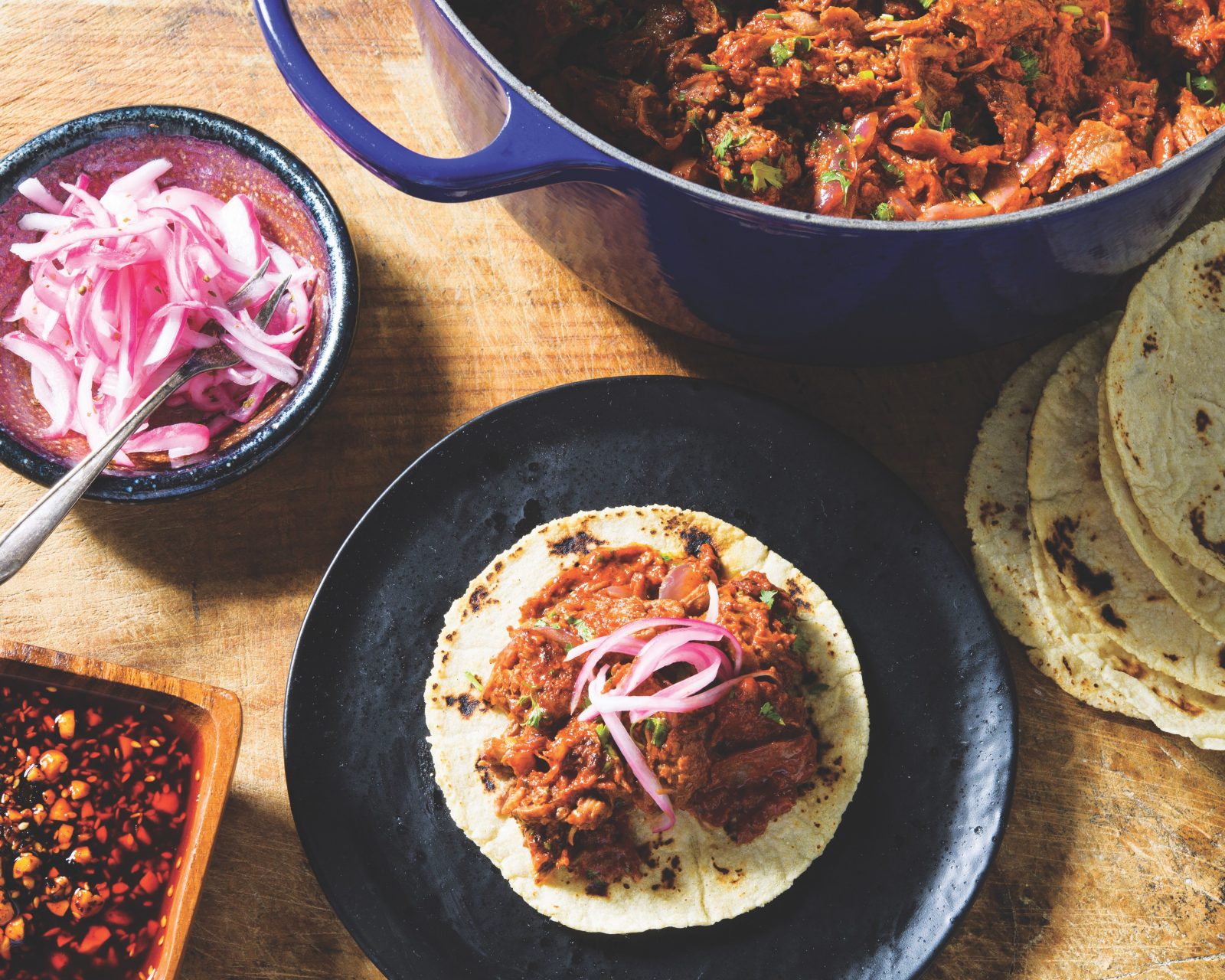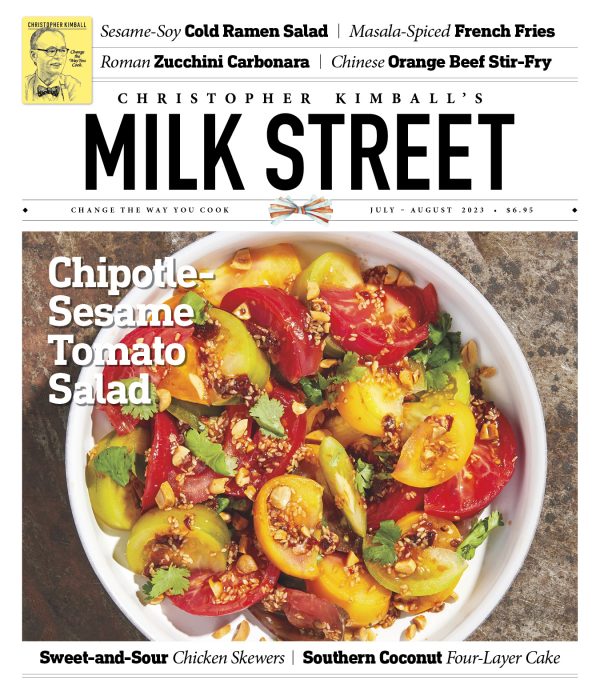Your email address is required to begin the subscription process. We will use it for customer service and other communications from Milk Street. You can unsubscribe from receiving our emails at any time.
Hi David -
A pork shoulder, which is the cut of pork this recipe calls for, is cut from the shoulder of the pig and has tons of connective tissue and fat. This connective tissue starts to break down into gelatin when it gets above 160 degrees so, by the time it reaches 195, the meat will be close to fall-apart tender and shreddable.
A pork loin roast, which is cut from the pig’s back, is leaner and contains less connective tissue and fat. This cut of pork should only be cooked to 140-145 degrees or it will dry out due to that lack of connective tissue and fat. Additionally, the texture of the meat will never be able to be shredded as called for in this recipe. A pork butt (also called Boston butt) would be the only substitution we would consider here.
Best,
The Milk Street Team





Can I substitute pork loin?